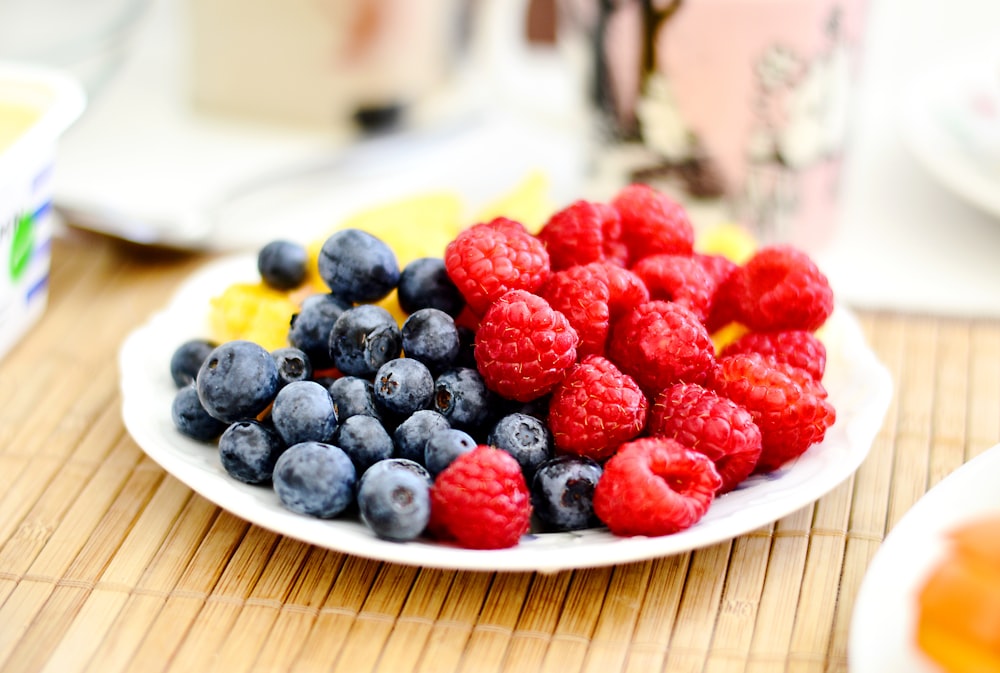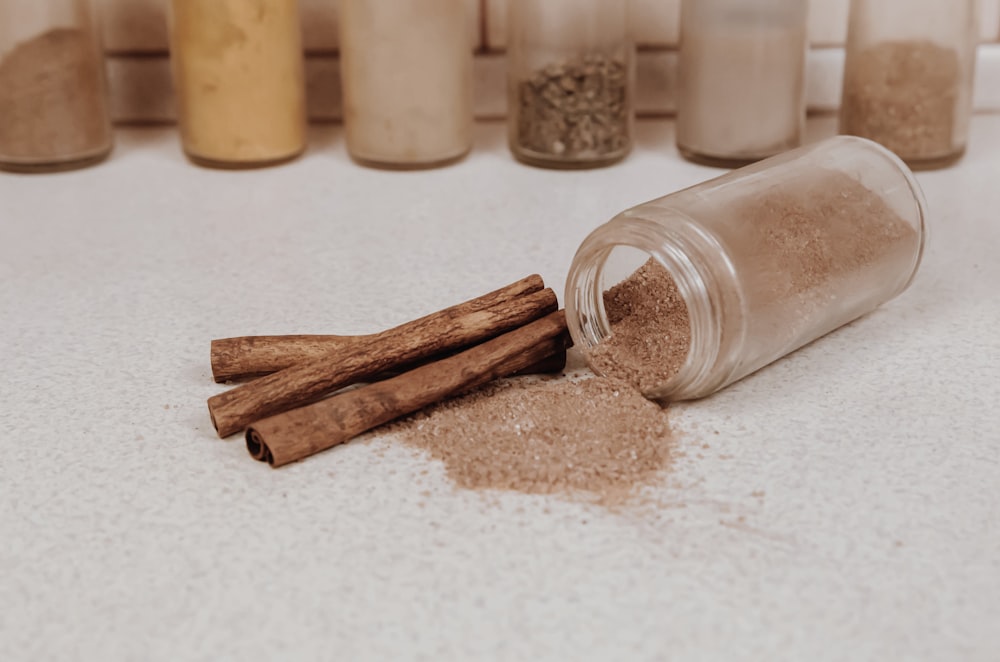
Many people gearing up for summer want to learn how to combat a sweet tooth. Do you watch someone else eat a piece of cake or cookies and not feel tempted to indulge in some sweet treats as well? This would mean you don’t really have a sweet tooth, which is not the norm. In fact, it’s nearly impossible for most people to resist desserts and treats.
If you’re struggling with sugar cravings and a sweet tooth that seems uncontrollable, you’re reading the right article.
We’ll discuss some tips on how to combat a sweet tooth to help you reach your weight loss or health-related goals.
You likely already know that sugar is one of the major culprits in our current obesity epidemic and it’s wreaking havoc on your body too!
The American Heart Association (AHA) has found that an average American consumes 17 teaspoons of sugar per day, or a whopping 58 pounds in a year, per person. That number is shocking.
The AHA recommends limiting sugar intake for both men and women at a maximum of 6 or 9 teaspoons respectively each day. However, this can be a real challenge when almost everything seems like dessert these days!
Why Do Some People Have a Perpetual Sweet Tooth?

The first thing to understand about sugar cravings is that they are not a character flaw or weakness.
Our DNA can leave us predisposed to lower appetite control and certain food cravings.
Also, if you had a diet high in sugar as a child and continue that same dietary pattern into adulthood, it’s not surprising if those sugar cravings still persist. You haven’t grown out of them.
This is because our brains associate these experiences with pleasure or comfort, as we grew up indulging in sweets, and that indulgence activates the brain’s reward centre.
Sugar sends signals to the reward centres of our brain, which is why we often get a burst of energy and feel satisfied after eating sugary foods.
The problem with sugar cravings, however, is that they are highly addictive.
This means when your brain starts to crave sweets from the slightest prodding, it can be very difficult not to give in.
Health Benefits of Kicking Your Sweet Tooth:
There are many health benefits to quitting sugar that include:
- Losing weight: Sugary foods can cause insulin spikes that make you store fat and leads to weight gain.
- Lowering risk for diabetes: Sugar is linked with an increased risk for type II diabetes, which causes elevated blood sugar levels in the body.
- Reducing inflammation: The high glucose content in sugars aggravates chronic inflammatory conditions such as arthritis or other autoimmune disorders.
- Improving mood: Sugar can cause mood swings and lead to feelings of depression.
- Boosting focus: Sugar leads to an increase in the hormone cortisol, which interferes with concentration.
- Improving dental health: Sugar leads to an increase in the production of bacteria that can cause tooth decay.
- Supporting skin health: Your body is unable to produce enough water and oil for your skin if you are eating lots of sugar, which causes dryness on your face.
What Happens During a Sugar Detox?

Sugar is highly addictive because it affects the production of dopamine, a neurotransmitter that is associated with feelings of pleasure.
When you cut sugar out of your diet, it can be difficult to combat these cravings at first because your body feels withdrawal symptoms such as mood swings and intense headaches.
It may take 1-2 weeks for your blood glucose levels to stabilize. Once that happens, your body will begin to function at a higher level. You will have more energy and fewer cravings for sugar.
If you’d like to stop eating sweets without experiencing withdrawal symptoms, try slowly cutting back on sugar in your diet. A gradual reduction should not lead to withdrawal symptoms.
Specifically, cut back on processed sugar and replace it with healthier natural sugars.
Natural Sugar Vs Added Sugar? What’s the Difference?
When it comes to sugar, there are two types: natural sugars and added sugars.
Natural sugars include honey, molasses, and maple syrup that are sweet tasting and nutrient-rich. Whereas added sugar is processed or refined sugar that has been stripped of many nutrients.
Added sugars are often found in packaged foods such as cookies, chips, cereals, and soft drinks.
When we consume real, whole foods, we digest the natural sugar along with their fibre, vitamins, and other nutrients. This leads to slower sugar release and a more sustained rise in blood glucose levels that won’t trigger the body to produce insulin, which is responsible for our cravings.
On the other hand, when we eat refined sugar or artificial sweeteners, we may be consuming more than just a simple carbohydrate.
Added sugars are absorbed quickly and spike blood sugar levels which can lead to weight gain if consumed in excess because it does not satiate hunger as natural sugars do.
How to Combat a Sweet Tooth: 6 Keys to Curb Sugar Cravings
1. Check Ingredient Labels
Did you know that many processed foods contain added sugars? Be sure to carefully check the labels of everything you are buying and eating!
Look for potential hidden sugar in all of your favourite snacks, cereals, sauces, and even canned vegetables.
Some sneaky sources include high fructose corn syrup (HFCS), brown rice syrup, maltose or dextrose- just to name a few!
Make a grocery list before hitting the store so you don’t buy anything with more than one or two ingredients.
Eat clean by sticking to whole, unprocessed food items like vegetables, fruits, nuts, meats, and whole grains.
2. Use Natural Sweeteners

Fruit can be a great substitute for sugar, so why not start by blending together ripe bananas with some milk or yoghurt? Or try adding sweet fruit berries to your morning cereal.
If you still need that sweet taste in desserts, try replacing refined sugar with honey or maple syrup.
3. Stay Minty Fresh
Peppermint is a refreshing, natural sweetener that can be used in a variety of ways.
A study from Wheeling Jesuit University found that peppermint extract can help curb sugar cravings by increasing the amount of serotonin in your brain.
And this works whether you ingest or inhale the peppermint!
Jazz up your plain water to a cucumber lemon mint detox water to curb your cravings during the day.
Inhaling a few drops of peppermint oil before indulging in sugary snacks can be helpful for those who are prone to a late-night sweet tooth.
Better yet, brush your teeth with minty toothpaste after dinner to reign in any late-night snacking!
4. Add a Sprinkle of Cinnamon

Research has shown that cinnamon helps to reduce sugar cravings by stabilizing your blood sugar and curbing the effects of insulin.
Add a sprinkle of cinnamon to your oatmeal, coffee, hot cocoa, or tea in the morning! You can also mix it into a smoothie at breakfast time.
5. Drink Smoothies Instead of Juices
Be wary of the sugar and liquid calories in other drinks such as beers, protein shakes. While juices are low in calories, they’re also high in sugar and lack fibre.
A smoothie is a better choice because it packs more nutrients with less sugar.
The high fibre content will help you feel full and curb sugar cravings.
Blend vegetables like spinach or kale into your favourite fruit to up the nutrient content of your morning drink.
Instead of fruit juices, sweetened almond milk and high-calorie fruits, pack your smoothie with unsweetened almond milk, spinach, blueberries, strawberries and some healthy yoghurt.
6. Fight Your Sweet Tooth with Bitters
Bitter foods like grapefruit and cucumber can help reduce sugar cravings by activating the bitter taste receptors on your tongue.
A study published by the University of Texas found that consuming bitter foods shuts down the receptors in our brains that drive us to desire and consume sugar.
They are also found to stimulate the release of hormones that are responsible for curbing our appetite.
Don’t like bitter-tasting foods? The truth is you are already eating a lot of them, and you probably don’t even know it.
These foods include lemon, lime, grapefruit, broccoli, cauliflower, kale, brussels sprouts, and dark chocolate.
Next time you are at the restaurant craving a sweet dessert, ask the waiter for water with slices of lemon, unsweetened tea or coffee to nip the sugar craving in the bud.
There you have it. Try these strategies on how to combat a sweet tooth whenever you feel a sugar craving to help you stay true to your weight loss goals.
If you’d like to learn more about your specific, optimal diet type based on your DNA, and learn more about your appetite control, order the CircleDNA Premium Kit today.







Comments are closed.